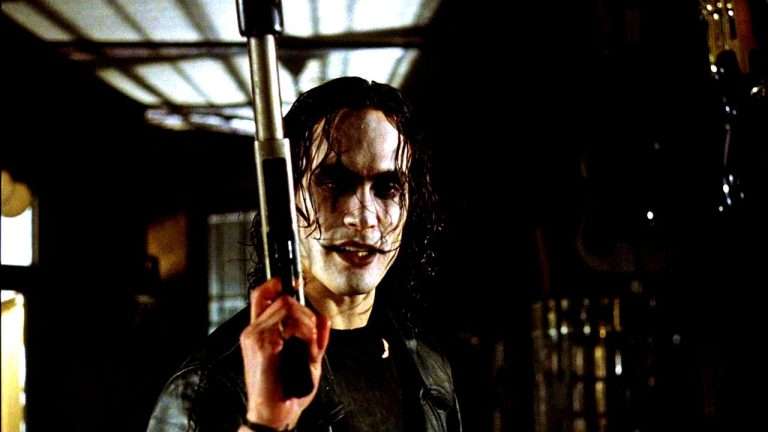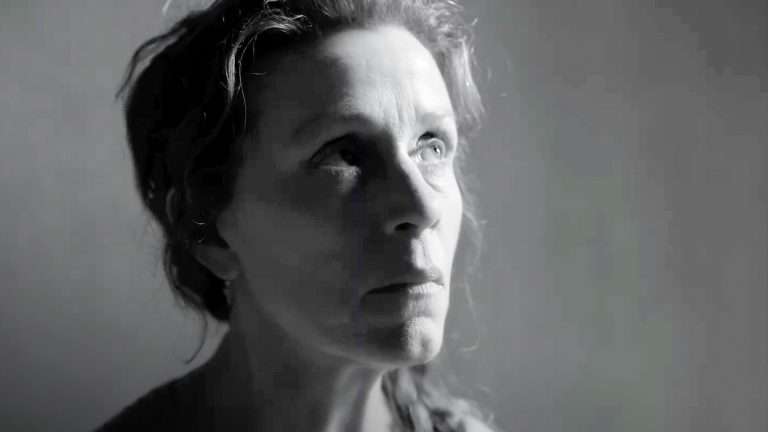Several films releasing on streaming services has ignited a heated debate about what exactly is cinema. Director Patty Jenkins went on record to say that movies releasing on streaming platforms look fake. It restarted the whole conversation around theatrically and digitally released movies. My stand on it is that good cinema is good cinema, no matter where it is released. But that’s not what I want to talk about here. Because Patrick Willems recently released a video about what cinema means to us. It got me thinking how personal the whole concept of a movie feeling cinematic is. And the movies that we have grown up watching inhibits the feeling. It then brought me to the realization that James Wan has been quite the influential presence.
There was a brief phase of my life (one which I highly regret going through) where I demeaned everything and anything, which was not a self-serious, emotional drama. You know, to be considered a true cinephile and probably to counter my love for things that were not necessarily revered by the Academy or the film community. However, deep down I think I always knew that my go-to genre was horror, which ranged from broody mood pieces to absolute shock. Because growing up through the mid-2000s, James Wan was practically defining that genre. And as his movies used to play on repeat almost every other night on cable TV, it shaped the way I wanted a movie to look, sound, and feel.
Now, the release of James Wan’s latest outing, Malignant, gave me the chance to revisit his filmography for the umpteenth time and check out how they fare. And since one of the most popular forms of doing so is to rank their body of work, I’ll follow the same.
10. Insidious: Chapter 2 (2013)
In my opinion, Insidious was a complete story that didn’t need a feature-length expansion pack. It fails to stand on its own and manages to ruin the first movie with the time travel element out of nowhere. Since it’s a supernatural genre, you can give some leeway. However, that does not excuse the film for the stereotypical representation of trans-sexual people, something that has been happening since Alfred Hitchcock’s Psycho. I genuinely failed to understand why Parker Crane’s mother (Danielle Bisutti) was so obsessed with misgendering Parker (Tyler Griffin) and how that translated into Parker’s (Tom Fitzpatrick) villainous transformation and how that led to this obsession over Josh (Patrick Wilson).
In addition to that, the narrative is all over the place. I don’t know if Specs (Leigh Whannell) and Tucker (Angus Sampson) were some kind of hot favorites after the first movie. But it certainly didn’t warrant the dedicated runtime for their hijinks in this one. Their performances were great. However, every time the focus shifted away from the Lamberts to Carl (Steve Coulter), Lorraine (Barbara Hershey), Specs and Tucker, it just felt like they were padding the runtime. In hindsight, it felt like Wan and Whannell didn’t think it through. Production house might have pushed them into making it due to the success of Insidious. So, you have this half-baked product.
9. Saw (2004)
Given the popularity of the franchise, I don’t think that there’s a lot to say here. It has been dissected from every possible angle. And it can be summed as one of the most iconic movies in the horror genre that feels dated every time the narrative steps out of that room Dr. Lawrence (Cary Elwes) and Adam (Leigh Whannell) were trapped in.
That said, after considering how this was Wan and Whannell’s first movie, it had budget constraints, and that it set the template for every horror movie that came after it, you can forgive the bad script-writing, the edgy score, and the head-ache-inducing editing a bit. The sets are so intricately designed. There are a lot of amazing practical effects. You will be surprised to see that there’s not actually that much gore. And even when there is, it feels comical enough (by today’s standards) to seem fake. But then Charlie Clouser’s iconic theme kicks in and all is fine again.
8. The Conjuring 2 (2016)
This is yet another example of trying to make a sequel instead of making a sequel. Yes, there’s a distinct difference. “Making a sequel” involves an organic connection or an organic need to further the story of the original. “Trying to make a sequel” means creating the need to further the story of the original out of thin air. And if Aquaman and the Lost Kingdom shows signs of the latter, it means that Wan isn’t good with sequels.
Before coming to my issues with The Conjuring 2, let’s talk about the positive stuff first. The production design, the sound design, the cinematography, the score, the editing, the costume design, and well, everything on a technical level are great. The performances are extremely on point. Ed (Patrick Wilson) and Lorraine (Vera Farmiga) are the heart of this movie and the franchise in general. Eyes were teary when Patrick started singing Elvis Presley’s “Fallin’ in love with you”. Vera screaming her lungs out while banishing Valak (Bonnie Aarons) is awesome. There are some great in-camera tricks to sell the scares. Valak casually walking through the Warren household is really good. And Bill Wilkins (Bob Adrian) screaming from inside the tent gave me goosebumps.
All that said, the biggest problem with The Conjuring 2 is that it spends almost one hour and fifteen minutes trying to convince Ed and Lorraine that about Janet (Madison Wolfe) possession. And it’s a problem because we, the audience, already know that Janet is possessed as we’ve spent a good chunk of the runtime with the Hodgsons before the Lorraines even show up. So, watching them get spooked twice in order to convince them that they are indeed being haunted hurts the pacing a lot. You can say that this is an example of the “bomb under the table” technique of creating tension gone wrong because they stretched the proverbial rubber band (which is a metaphor for the audience’s ability to stay tensed) way too much. On top of that, the scares aren’t really, for the lack of a better word, scary.
7. Dead Silence (2007)
I am sure that this was my first proper viewing of Dead Silence. I had always watched it in bits and pieces. But this was the first time that I saw the whole movie in one sitting, and I actually liked it a lot. Yes, I am aware of the fact that Leigh Whannell was allegedly very unhappy due to all the studio interference and that ending with the spine and the ventriloquism speaks for itself. However, if you stop the movie where Jamie (Ryan Kwanten) barely makes it out of the burning theater and leaves in his car with the knowledge that Billy, the doll, is still out there somewhere, probably carrying a part of Mary Shaw’s (Judith Roberts) soul, it will feel like a pretty good ending. Because everything up to that point is really great.
By now it has been properly established that Wan is a go-for-broke type of director. You can give him the most hackneyed script in the world and he is going to go so hard in terms of directing it that you aren’t going to notice any flaws in it for a couple of years, at least. But seeing him doing it in his second outing really blew me away. No, I am not saying that the script wasn’t bad. I am saying that he went all out on it. Everything from the colour scheme (the teal and red colour palette needs to make a comeback), the editing, the production design (that whole theater with all those dolls in the cases is a work of art), the music, the cinematography, the costume design (the entire is pretty minimalistic and then all of a sudden there are so many extras in the flashback sequence), the doll design, and of course, the special effects and visual effects to give you nightmares (that collage of tongues really got under my skin) are brilliant.
I liked the fact that James Wan, along with his sound designers, music composer and editor, turned the very concept of a jump scare into the primary power of the spirit, as well as an auditory reminder of Mary Shaw’s backstory. Full spoilers: Mary Shaw’s tongue was cut out. So, she goes around cutting everyone else’s tongues. Hence, the silence part of the movie’s title. But every time she’s about to show up, the ambient sound reduces to almost zero, not just for the audience (which is what generally happens before a traditional jump scare), but also for the characters. It’s somewhat of a diegetic jump scare, if I can say so; something that Wan uses in Insidious as well.
In addition to all that, I do like how the story leads us to believe that Mary Shaw is some misunderstood tragic figure who was wronged by the town folk. But the truth is that Mary and the town folk are horrible people. And everyone who is connected by blood with that town is bearing the brunt of that conflict.
6. Insidious (2010)
Honest confession. I didn’t quite like Insidious during my first viewing. And the reason is two-fold. One, I didn’t like how it mixed actual science with supernatural mumbo-jumbo (which is something that I didn’t like in the latest viewing as well). Two, I was going through that “if it’s not a serious drama, it’s not a real movie” phase that I was talking about earlier. But I really enjoyed it this time around. I mean, how can you not like a movie which opens with a creepy face staring right at you and then cuts to its title that’s accompanied by an ear-splitting and bone-chilling score?
I know that a lot has been said about the jump scare with the demon standing behind Patrick Wilson. You see it up on Twitter every other day. But that didn’t really scare me as much as the ghost standing behind the curtain around the baby’s cradle. It’s subtle enough to make you question what you are looking at and wonder if you are just seeing things from Renai’s (Rose Byrne) dazed and exhausted perspective only. Or whether that’s really a ghost of a man in a leather jacket towering over a baby. It has been burned into my skull to such an extent that if I ever have a baby, I am either never going to leave it alone or I am not putting a thin curtain around it. If a ghost wants to haunt me or my baby, it has to show its face clearly.
Related to James Wan – Horror Movies Then vs Now: How have filmmakers managed to get cowering in fear in the 21st Century
Jokes apart, yes, Insidious has a lot of genuinely good scares. I know that the general consensus is that Midsommar “invented” daylight horror. I would advise watching this and paying some special attention to the scene involving Renai and the dancing kid. It uses the baby monitor very effectively. And then, before going full tilt into astral projection and what not, James Wan uses the diegetic jump scare during the séance with the help of flash cameras connected with thermal detectors. If you are prone to epileptic fits, please don’t watch it. If you aren’t, then you can see how Wan uses it to scare the characters and the audience at the same time, thereby treating the audience as a part of the scene.
As mentioned before, the ending of Insidious is ruined by the sequel. But if you squint until you cannot see the sequel in your peripheral vision, you will see how tragic of an ending it is. A father succumbs to his childhood trauma in an attempt to save his son. The last thing that his savior sees i.e. Elise (Lin Shaye), is him choking her to death. And his loving wife is either killed or trapped with the love of her life who is being controlled by a demonic spirit. More endings like this, please. I am done with wholesome, conclusive endings.
5. Death Sentence (2007)
I am certain that I have watched this movie at least fifty times because it aired every other day on cable TV. But while watching it, I realised that I didn’t remember any of it. And perhaps that was a good thing? Because it allowed me to really enjoy it in all its visceral, pulpy glory. Don’t worry. I am not glossing over the fact that this is yet another White vigilante story. However, I think that the movie doesn’t either.
The opening paints Nick (Kevin Bacon) as the epitome of the heterosexual North American dream. He is honest. He doesn’t just preach good values to his kids but practices them as well. His family is nice (because they are privileged). Then tragedy strikes out of nowhere, causing Nick to throw everything he stood by into the gutter and become The Punisher. James Wan, with the help of Bacon’s immaculate acting skills, keeps things in the grey zone by showing that Nick is suffering badly because of his actions. And during his “blaze of glory”, it seems that the movie is justifying his actions. However, the last two scenes where Nick is sitting beside Billy (played brilliantly by Garrett Hedlund, by the way) and is then sitting on his couch, watching the family video, subverts that and asks “was all this worth it?”
Maybe I am looking way too deeply into it because I liked how editor Michael N. Knue allowed the scenes in an otherwise cliched White knight movie to breathe. Or because I liked John R. Leonetti’s cinematography a little too much (yes, I know it has that mid-2000s, over-saturated vibe going. I am a product of the mid-2000s, so something deep inside me will always make me like it). Or I was way too overwhelmed by that one take (which is actually a signature trait in most of Wan’s movies, especially during action scenes or establishing the geography of a house and the dynamics between the people living in it) in the parking lot. However, I want to believe that as an Australian director of Asian descent, who has probably faced some form of discrimination in Hollywood, especially while starting out, Wan isn’t internally or externally championing a White man’s violent actions.
The source of that belief is the framing of Nick as a slasher-movie villain in the final act of the movie. But, that’s just me.
4. Fast and Furious 7 (2015)
This was and still is one of the riskiest movies in the Fast and Furious franchise, and you know why? Just put yourself in James Wan’s shoes and think about the movie’s filming and post-production. You have done most of the movie with one of the poster boys of the franchise, Paul Walker. But one day you wake up to the knowledge that he has tragically passed away. And now you don’t have enough time to process this heartbreaking scenario because you have to complete the movie, pay homage to the actor’s incredible journey which will require scenes to be shot by stand-ins, and at the end of the day, ensure that the audience is entertained. I genuinely cannot even imagine. I remember that when the credits were rolling (and so were the streams of tears from my eyes), I just kept wondering how James Wan pulled it off.
[tabs]
[tab title=”Also, Read” icon=”iconic-info”]Fast and Furious Movies Ranked, According to Family Values[/tab]
[/tabs]
No, I am not saying that it’s a flawless movie and I don’t have any evidence for what I am about to say. But after looking closely at Letty’s (Michelle Rodriguez) arc and then at Brian’s (Walker) journey, it seemed like there were certain decisions made to give Brian more screen time for sentimental purposes, of course. Given how Furious 6 was about Letty’s return, it felt like Furious 7 was going to be about Letty finding her place in Dom’s world. However, all that was cut short. It’s right there. So, no, it isn’t some masterpiece. It’s the best thing a human being can make under the circumstances he and his team were. That’s what I am saying. And Wan, along with his cast and crew, deserves a lot of respect for that.
As mentioned before, Wan is a “go-for-broke” kind of director. Hence you have cars falling from the sky and then falling off of a cliff. You have a car going through two buildings (three, if we are being technical here). Can someone say that they had seen anything like that before Furious 7? Has anyone seen anything like that after Furious 7? No and no. Then the concluding act is a game of hot potato with Ramsey (Nathalie Emmanuel) and cars, while a drone is shooting bullets and missiles at them. And in between all that, he’s peppering the narrative with some gratuitous 90’s nostalgia, over-edited but well-covered car chase and fight sequences, and a lot of talk about family. So, saying that “it’s bonkers” is an understatement.
Also, yes, that ending still hits hard.
3. Aquaman (2018)
True story: I watched this movie twice on the same day. That’s how much I liked it. Now, after watching countless videos on it, I do notice the flaws. But the awesome-ness factor counters it. Here’s how it goes.
Yes, Black Manta is completely unnecessary. But the costume design, Yahya Abdul-Mateen II’s performance, the suit-building montage (which pays homage to Furious 7, which was paying homage to Death Sentence), and the action sequence where he obliterates Aquaman makes his inclusion worth it. Yes, there are a lot of dialogue sequences that explosions interrupt. But the action scenes that follow said explosions are some of the best in the superhero sub-genre and the action genre, in general. Yes, Orm’s (Patrick Wilson) motivations seem interesting and are sidelined over the course of the movie. But you get to see Patrick ham it up beautifully for two hours straight (I think he should’ve gotten more screen time). And my reading of his feelings about environmentalism was that it was always a front for his genocidal intentions. So, there’s that.
Related to James Wan’s filmography – Aquaman [2018]: Into the Deep End
The VFX, SFX, production design, music composition, cinematography, are great. It has something as minimalistic as the whole Trench scene and then it casually becomes an epic war film with Kaijus in it. Arthur (Jason Momoa) and Atlanna’s (Nicole Kidman) first meet still gets me in the feels. And Arthur showing up in the comic-accurate suit still gives me goosebumps. Momoa’s performance is fantastic. There’s a giant octopus playing the drums. James Wan and his team pulled off the impossible and made underwater sequences seem engaging (which is a setting famous for slowing the momentum and making things boring). It has Willem Dafoe and Dolph Lundgren. What else can you possibly want?
All I am saying is that it’s alright to have fun sometimes. James Wan knows how to have fun. I know how to have fun. And that’s all the reason I need to justify Aquaman’s position on this list.
2. The Conjuring (2013)
This is perfection. I seriously think that there’s not a single cut, a single camera movement, a single line of dialogue, a single musical cue, a single scare, a single bit of performance, a single piece of set design, that’s wrong about it. Everything, and by “everything” I do mean everything, is right about the film. This is the best example of artistic expression and artistic control working in perfect harmony to create one of the best horror movies of this century. And that is all I have to say about the quality of The Conjuring.
That said, here’s something completely tangential that I want to talk about with the help of James Wan’s school of filmmaking. And, it perfectly ties in with the introduction to this list, which was about the things that build our definition of cinema or the word “cinematic”. So, there’s some talk going on about deep focus versus shallow focus. And how the recent rise in digital cameras have allowed everyone with the budget to buy one to casually use it in their videos, and call it “cinematic”. But that’s not how I roll and Wan is to blame for that. In a good way, of course.
If you go through all of his films, you will notice how most of them are in deep focus. However, that’s not common in horror movies. Because they are largely about concealing what is in the frame. So, if you show everything very clearly, you run the danger of the viewer noticing something off about it before the scare. But Wan uses that to his benefit somehow. He employs a barrage of techniques such as crash zooms, blood-curdling music, make-up, smart lighting, well-thought-out set design, and above all, good performance to keep you from looking all over the frame. And then boom! He reveals how the scary elements were always there just beyond our peripheral vision. Simple and effective.
All right, that’s a lot of technical talks. I want to conclude this segment by saying that while I do think that James Wan tried too hard with The Conjuring 2 to make sense of everything that happened in The Conjuring, The Conjuring 3 set things straight by focusing on the heart of the franchise: Ed and Lorraine Warren. I don’t know if Wan will ever return to direct another The Conjuring movie. But if he does, I hope that he watches the first and the third instalments multiple times before sitting down to write the script.
1. Malignant (2021)
The one and only thing I will advise before watching this movie is that don’t look up any information about it. I didn’t even watch the complete trailer for Malignant. I knew James Wan had directed it. So, I just patiently waited for it to arrive and I am glad that I did that. I didn’t read a single interview, review, or any promotional material that would even give me a hint about what’s in store. I chanced upon Wan’s Instagram post that stated that this is not The Conjuring (2013) and that it’s a different beast. Which is kind of sad that audiences the filmmaker has to tell to go in with an open mind. But it is what it is. Wan knows it. I know it. Hence, I advise you to do as he says.
Coming to the movie itself, I don’t think there is anything to critique about all its technical aspects. Wan’s filmography has always knocked it out of the park when it comes to score, sound design, cinematography, absolutely kinetic camera-work, production design, SFX, VFX, action choreography, and stunt work. Yes, Malignant is very much an action-horror movie. It seems like Wan has purposefully put himself and his team in a corner with, how should I put it, the malignant entity in question, in order to come up with the most inventive sequences. And, surprise, surprise, they did. I am sure there’s a lot of CGI and other digital trickery involved. But the sheer amount of effort and practice it must’ve needed to make it all look so tangible blows my entire mind.
All the performances in the movie are excellent. But of course, it’s Annabelle Wallis who stands out of the rest. A special shout-out to Marina Mazepa, the physical performer of the malignant entity, and to the stunt people who brought it to life. Going any further than that will spoil Malignant’s themes. So, I will leave you with the assurance that, just like his previous films, James Wan has furthered his exploration of Christianity and theism in the most grotesque ways possible. And after establishing the fact that the devil and the angel reside within the human body, he has asked, which one of them will we allow to control us? Or should they control us at all?

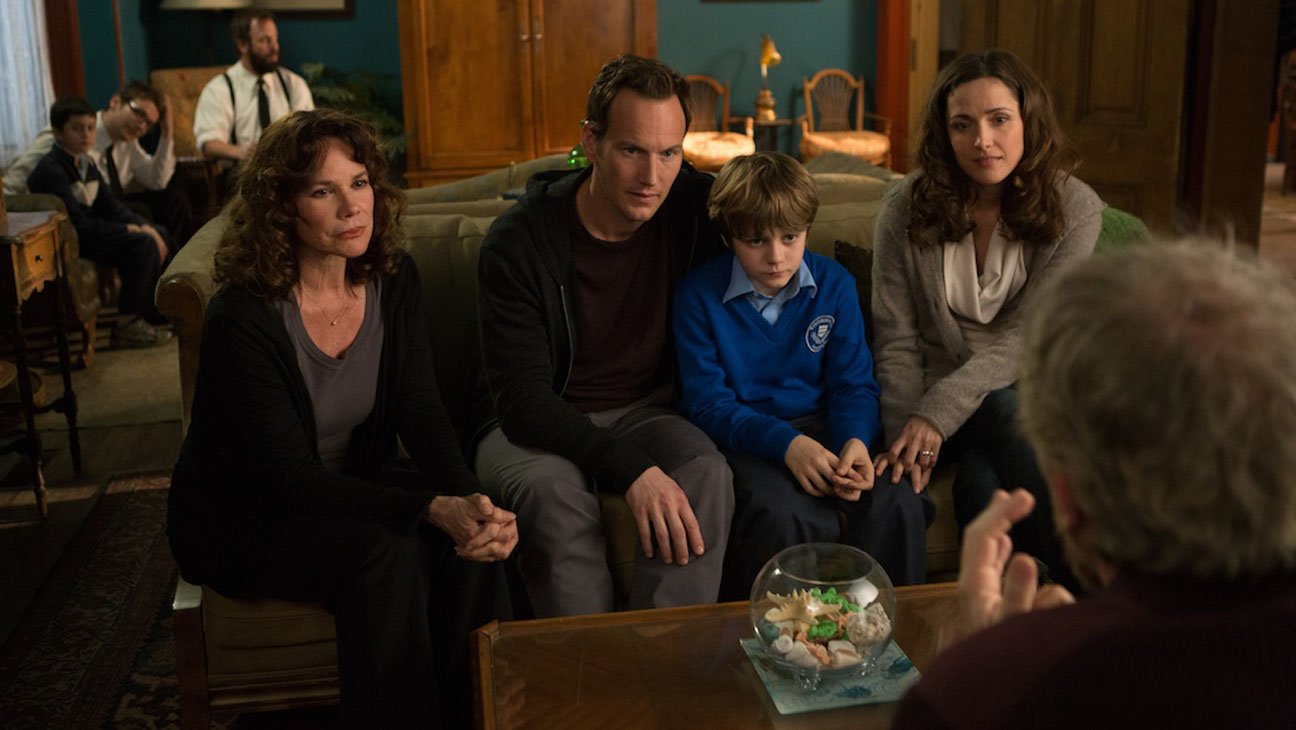
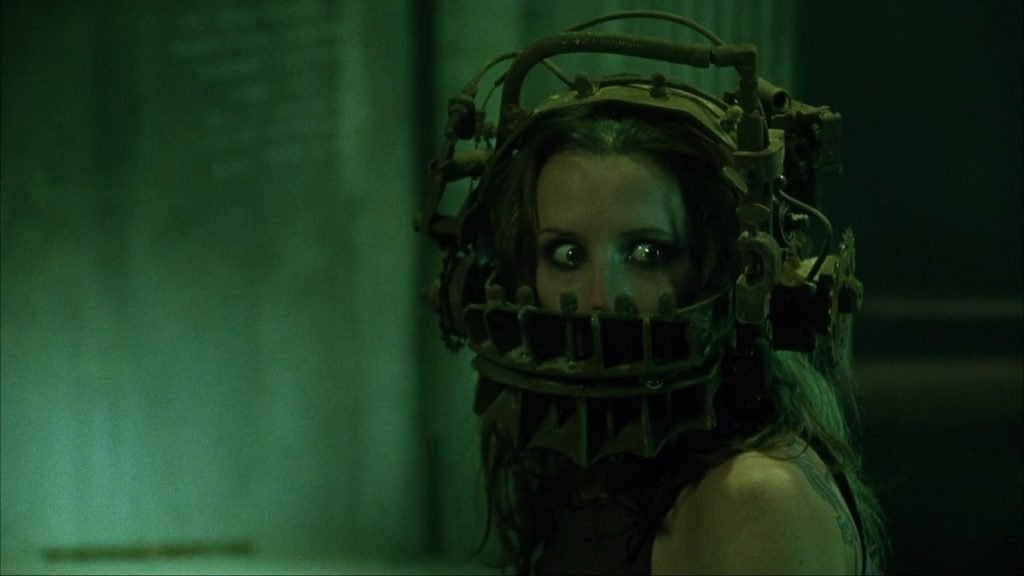
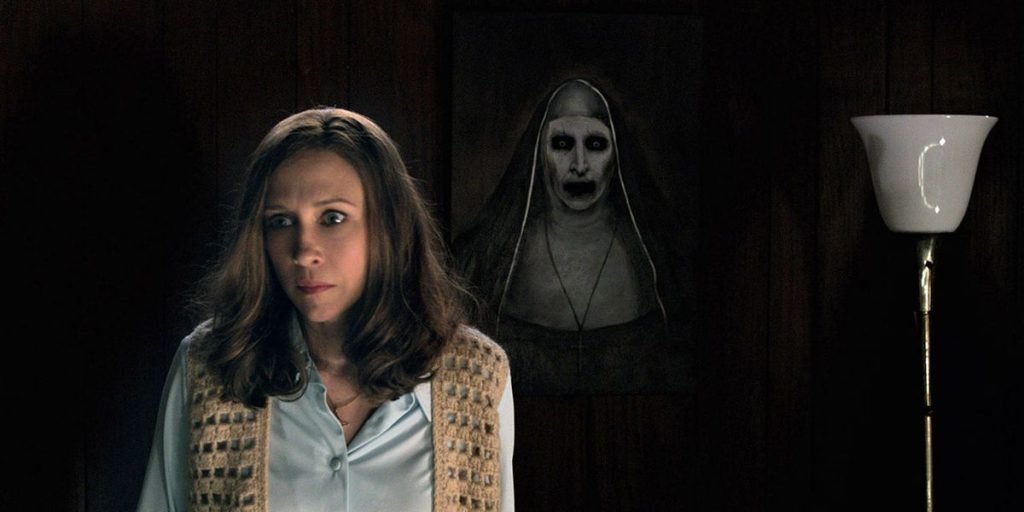
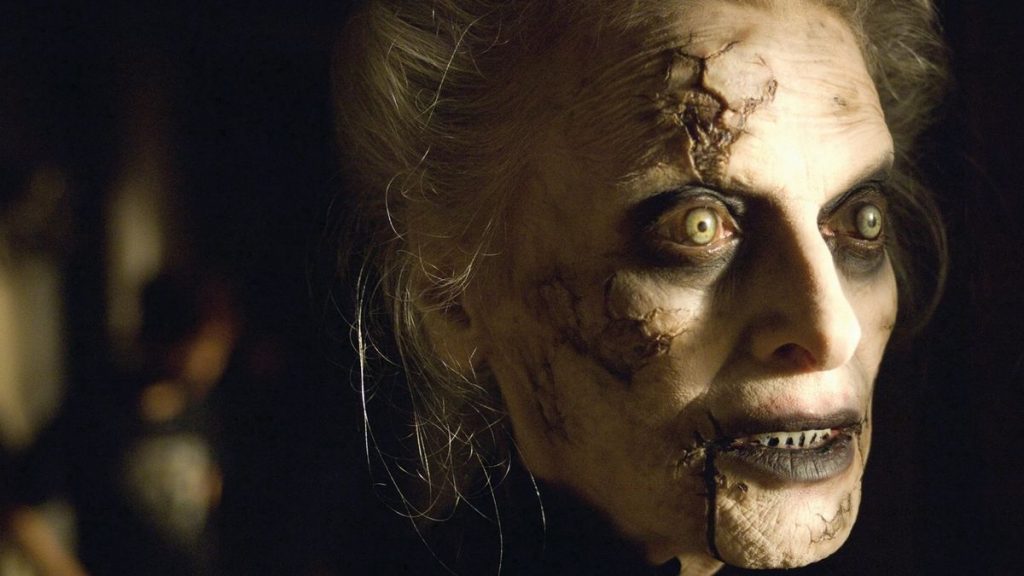
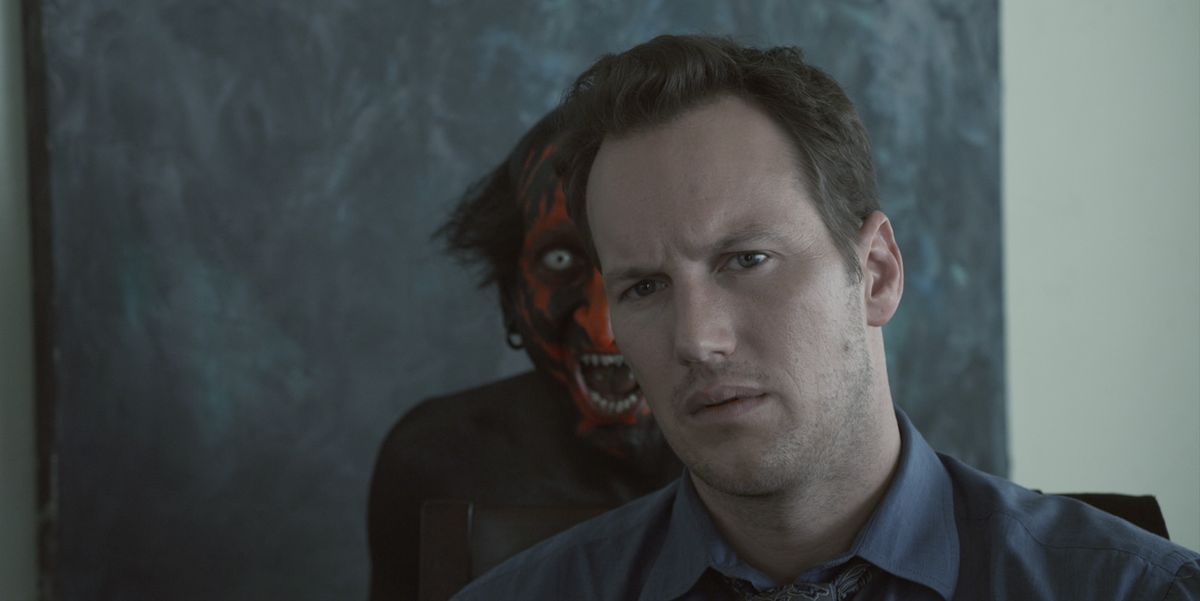
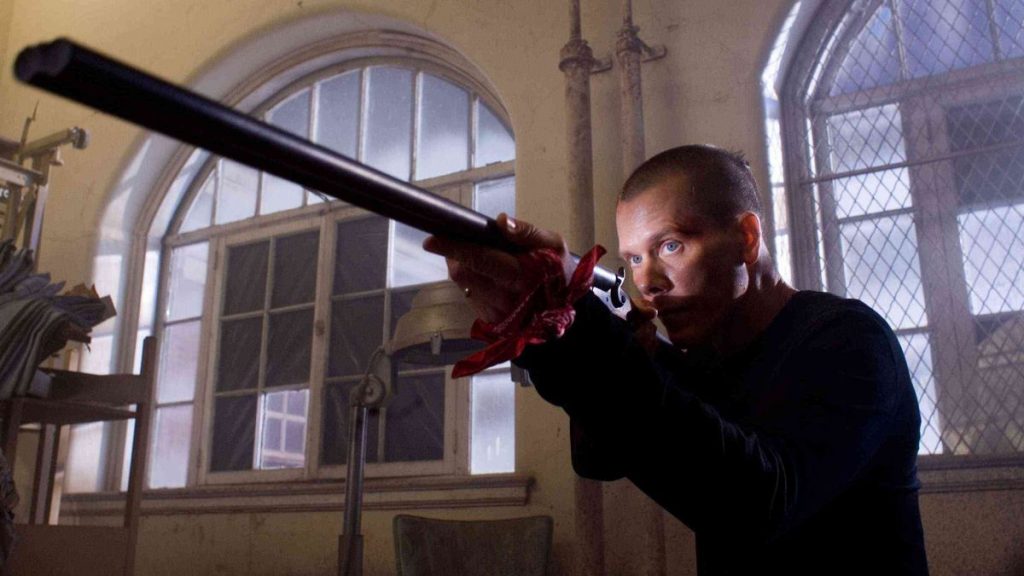
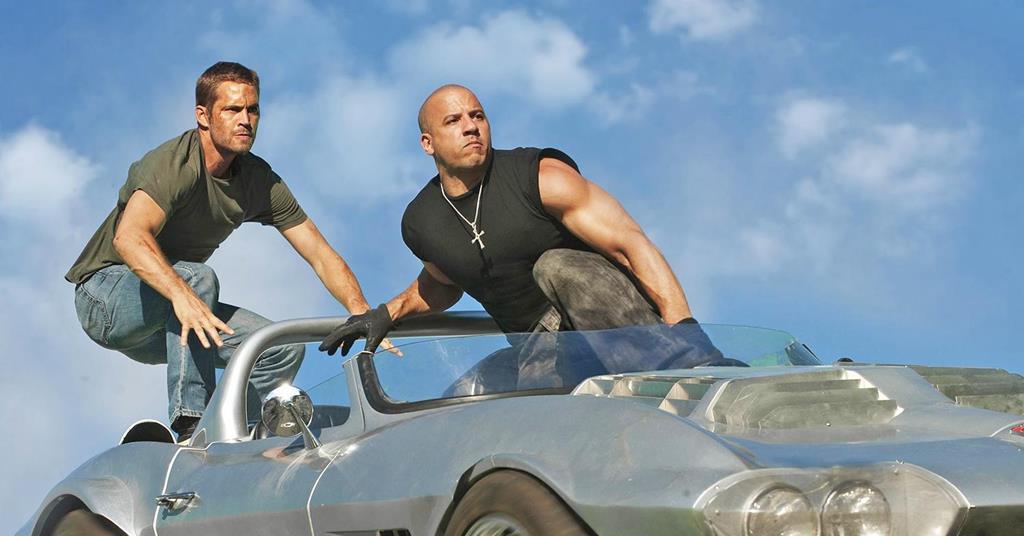
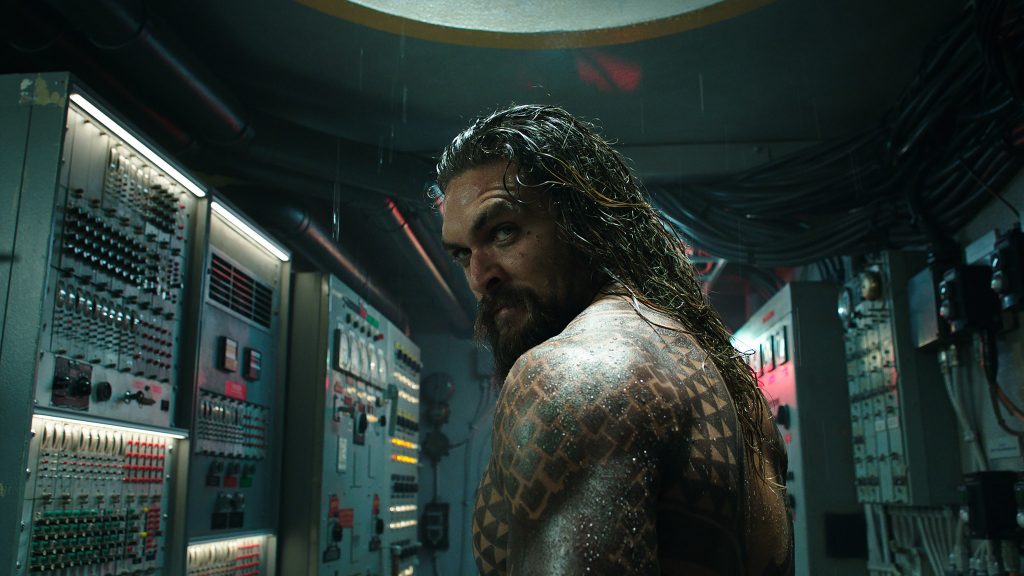
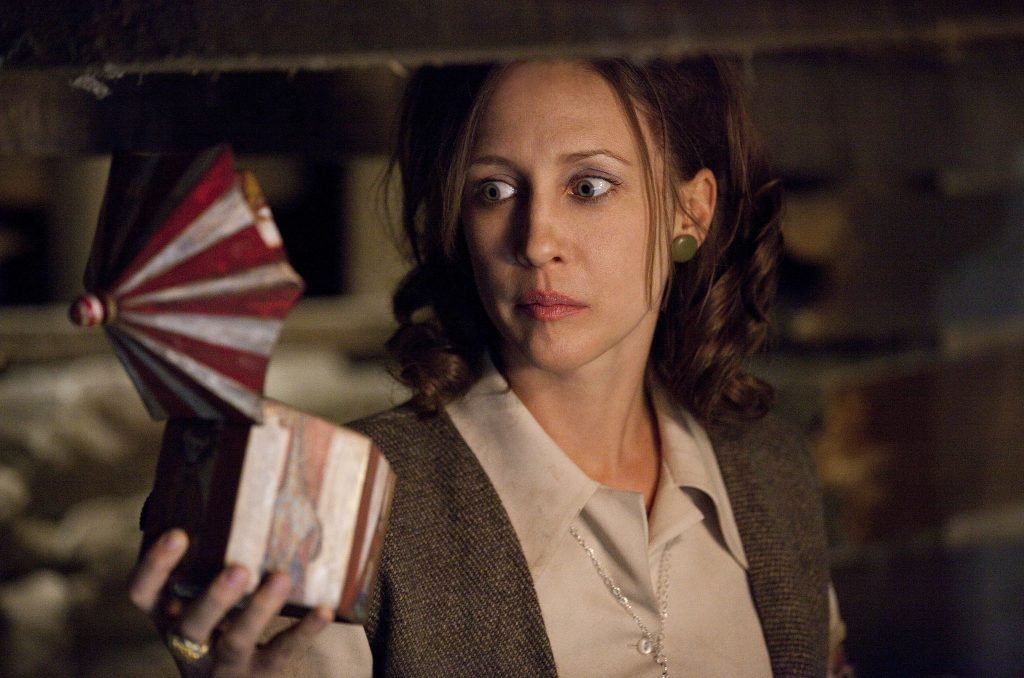
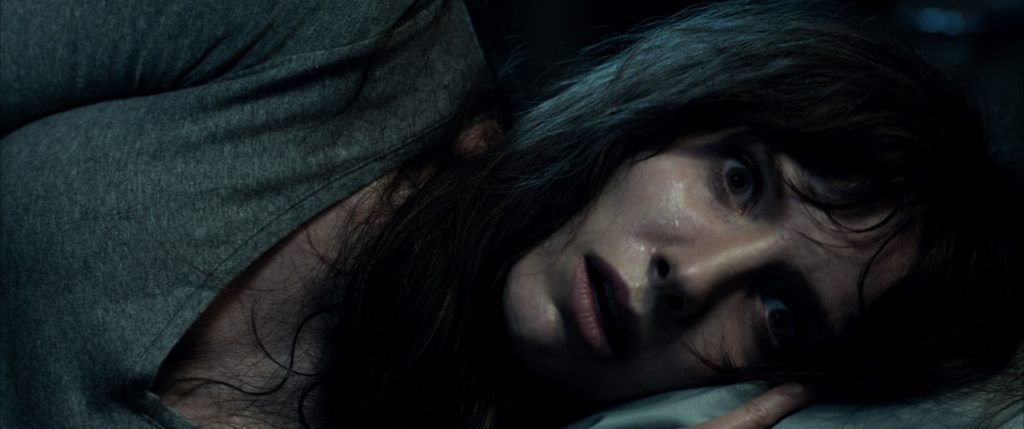
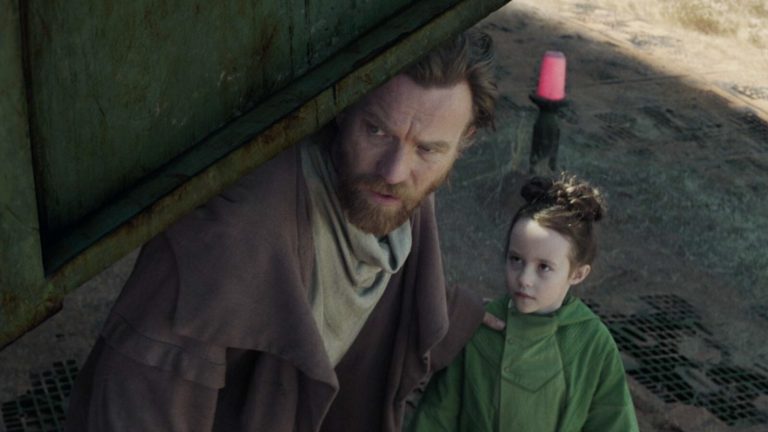
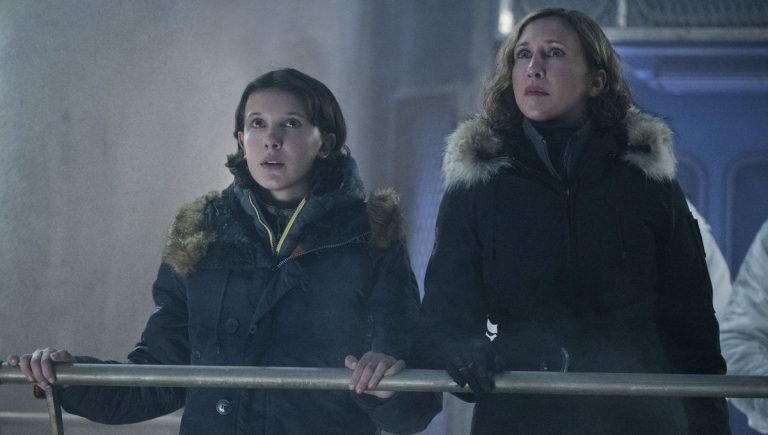
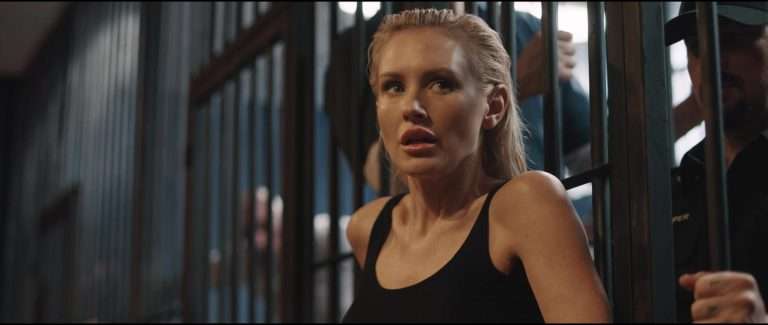
![True Things [2022]: Movie Review & Ending, Explained](https://79468c92.delivery.rocketcdn.me/wp-content/uploads/2022/09/True-Things-2021-768x421.jpeg)
